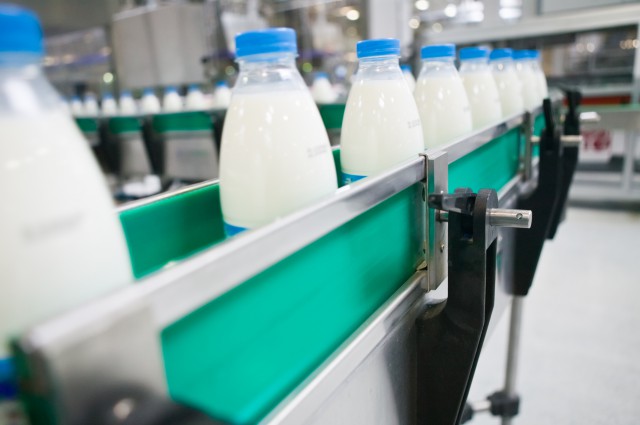According to Rabobank’s Dairy Quarterly Q2: Beyond the tipping point, prices fell as a result of improved milk production in export regions and the easing of forward purchasing by China.
These mechanisms freed more products for other buyers and lowered the need to ration demand with international dairy commodity prices falling 10-20% in the three months to mid-June.
“The pull back in Chinese purchasing has been particularly significant, with evidence that the Chinese industry has accumulated excess inventories after a period of vigorous buying, improved local milk production and weaker local sales,” says analyst Tim Hunt.
“Current prices in the international market have dropped below what we see as sustainable in the medium term.”
Milk production growth will slow considerably in the second half of 2014 as lower prices are passed to producers, weather normalizes and comparables become tougher to exceed.
The consumption in export regions will also slowly improve on the back of higher incomes, employment growth and falling retail prices.
“Together, these factors should gradually tighten up the market as we progress through 2014,” says Hunt.
“However, we expect little improvement in prices until late in 2014 or early 2015, as China works through its accumulated stocks and the world continues to consume the stronger than expected wave of milk produced in the first half of year.”
The report notes that one upside risk to keep an eye on is a developing El Nino event.
This has the potential to generate unusually dry conditions in Southeast Australia and excessive rainfall in Argentina – and hence reduced milk production in both of these export regions.
Outlook
The company shares outlook in the region:
In 2014, there has been an extraordinary increase in milk production in the European Union (EU).
The margins were high enough for many to produce over quota limits, with production in the EU up 5.6% on Q2 last year.
Growth is expected to continue outpacing domestic market consumption during second half of the year (2H), although exportable surpluses are anticipated to slow considerably.
In the US, wholesale prices have slipped considerably less than those in the external market.
They are in many cases at a significant premium to the world market in mid June and are expected to fall faster than elsewhere through 2H as exports fall back and domestic milk production picks up.
Meanwhile, New Zealand production was up 17.5% versus the same period in drought-impacted 2013.
Export volumes are expected to trend well above the previous year through Q2 and Q3 2014 due to higher milk flows providing additional volume to be shipped during the seasonal trough versus 2013.
The outlook for Australia during 2014/15 remains broadly positive for most dairying regions.
While early price signals confirm southern export producers will face lower farmgate pricing in 2014/15 due to lower commodity prices, the market should remain supportive of investment.
On the other hand, Brazilian milk production declined seasonally from its December peak, as usual, but much more slowly than last year.
There is likely to be little in the way of imports into the Brazilian market in 2H, while exporters will be trying to find a home for Brazilian production in the region and beyond.
Argentine milk production is expected to continue to fall below prior year levels in H2 2014.
While margins over feed remain positive, other costs are subject to rapid inflation.
In addition, a looming El Niño event is likely to bring above average rainfall from spring onwards, creating further problems on farm.










